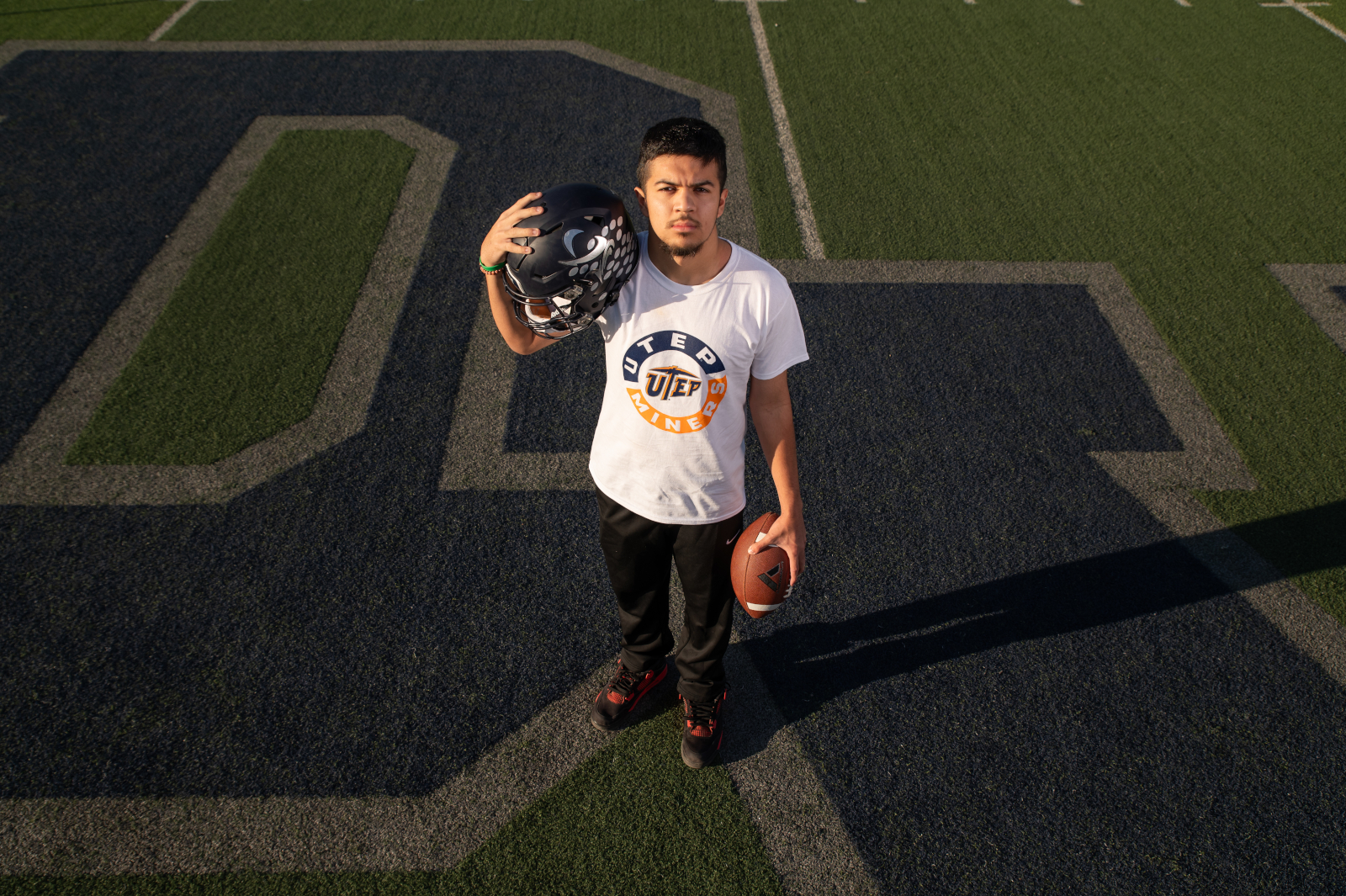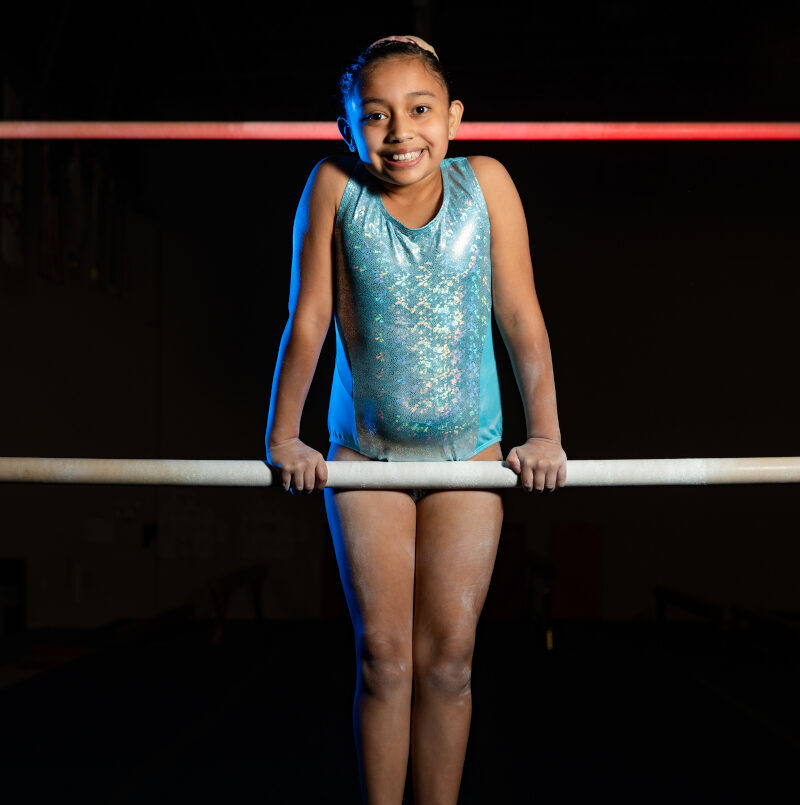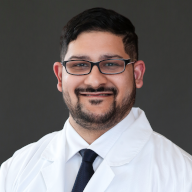The department of neurosciences provides specialized care in the diagnosis and treatment of all neurological conditions and includes speciality services from pediatric neurosurgery, pediatric neurology, neuro-interventional radiology, neuropathology, neuroradiology, neuro-critical care, cranial and facial surgery, and neuropsychology, in addition to other specialists that may be involved in the management and care of children with complex medical diagnoses.
The department of neurosciences aims to provide comprehensive care and support to all patients and families that are dealing with a neurological disease. Involvement of physiotherapy, occupational therapy, speech and language pathology, dietician, child life specialist, social work, and orthotics are an integral part of our approach to provide the best personalized care for children under our care.



